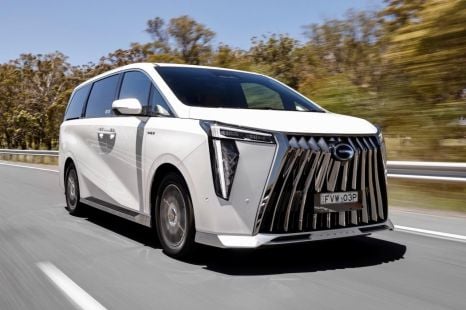

Ben Zachariah
2026 GAC M8 review: Quick drive
4 Days Ago
We chat with the man who provides us with the best quality spy photos of camouflaged prototypes.
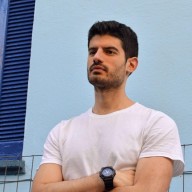
Design Contributor
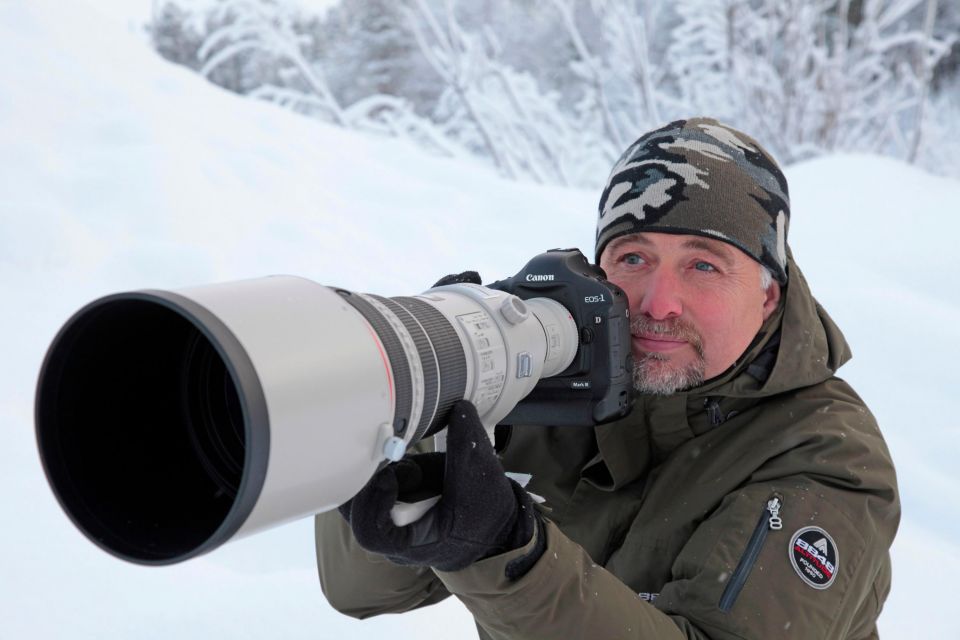

Design Contributor
We’ve all spent time looking at spy photographs, visualising the details of future production models while automakers are trying to stop us by covering them with layers of camouflage.
However simple as it may seem, the process of locating and photographing prototypes during their development phase is harder than it looks.
Andreas Mau’s profession is both unique and respected among automotive enthusiasts. He makes a living as a spy photographer, providing magazines and websites around the world with pictures of camouflaged prototypes, long before people are supposed to see them.
As Andreas describes it, his career started in 1984 working for Hans G. Lehmann – a true pioneer and a legend in the car spying world. After his mentor retired in 2004, Andreas started his own company, CarPix, continuing his legacy.
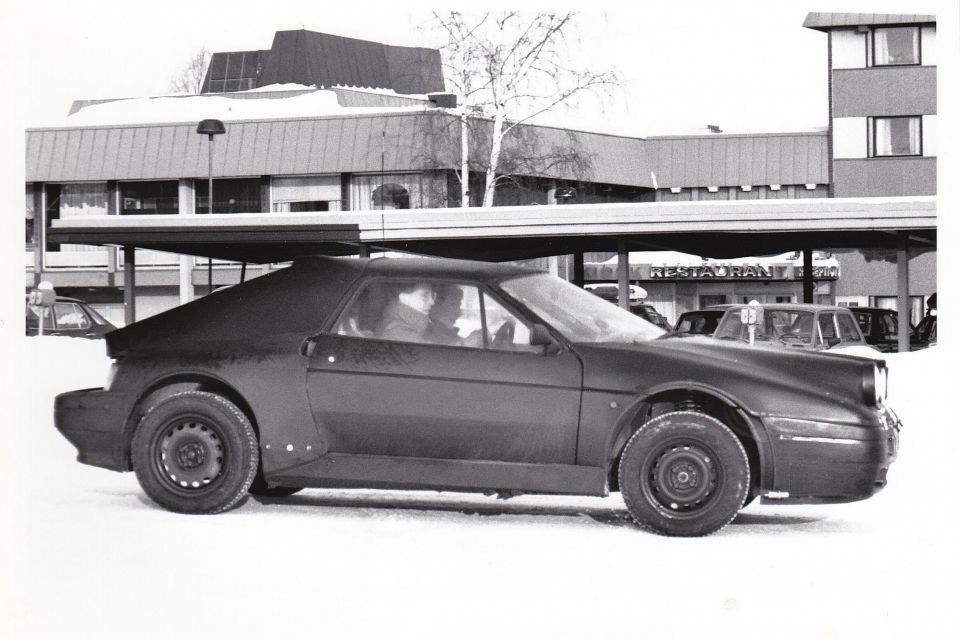
Andreas Mau: For me it actually started when i was around 16 years old. I saw the photos in the car magazines and also saw the prototypes close to where I lived so I figured I could also do this, only much better.
I started to shoot some photos and offered them to various magazines in Europe and also sold some photos. Then one day the phone rang and it was Hans G. Lehmann. He got my number from one of the magazines and invited me to Hamburg where he lived to discuss business.
So that when I started to work for him as one of his spy photographers.
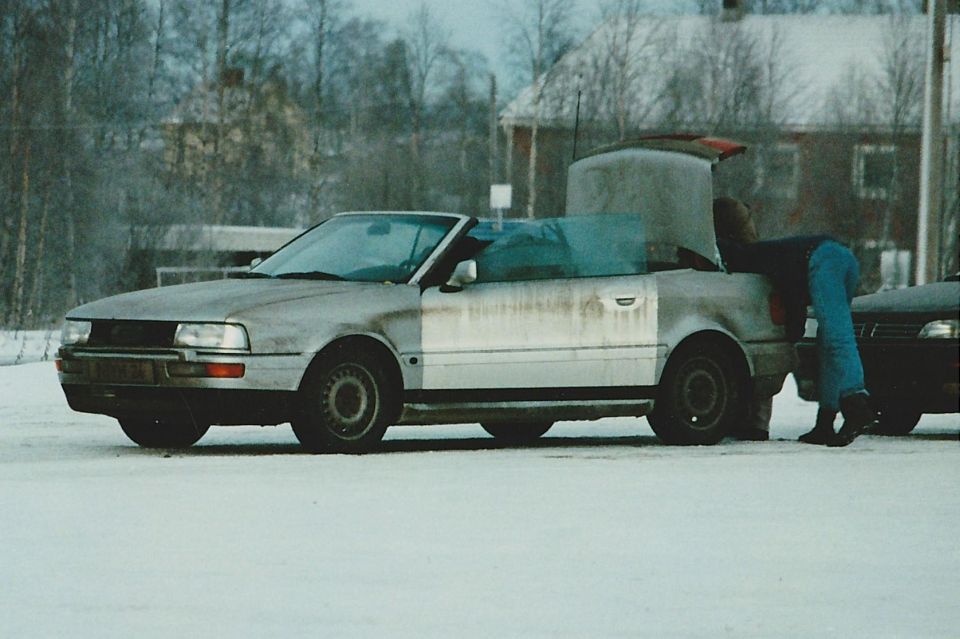
AM: It’s really different depending on time and place. We know the dates when there are test sessions at the Nürburgring but you never know what will show up.
Sometimes it’s something really hot seen for the first time, sometimes stuff that we already know. The Nürburgring is one of the easy places to shoot at but it’s still possible to miss stuff there.
The winter test season is just so much harder since it’s a period of several months, from the end of November until the end of March. It’s cold and dark and testing is spread over a big area.
During all my years as a spy photographer I have learned “where and when” but the manufacturers are also learning and are trying to hide as much as then can.
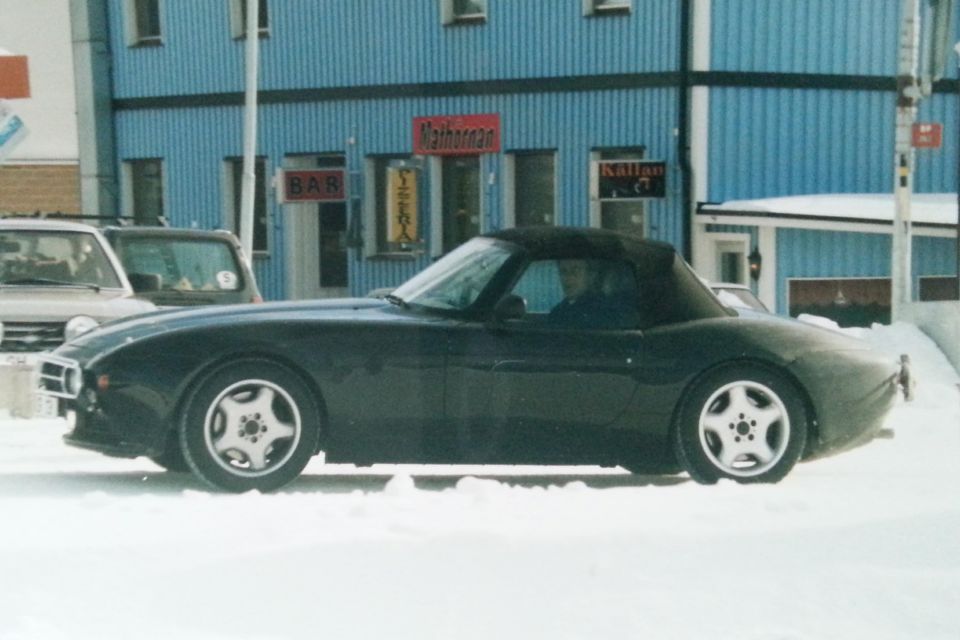
AM: During all those years there have been a lot of moments that one remembers more than others. One for example is that we went on to a hotel in the middle of nowhere in Northern Sweden to grab a coffee.
The hotel was often used by Volkswagen and while sitting there drinking our coffee we heard the hotel staff talking about the arrangement during the upcoming week. They talked about the big bosses from Volkswagen coming and that all has to be perfect.
For us that was like an invitation, if the bosses will come they will not just drive on closed test tracks. No they will drive on the roads and that is what they did. During that coming week we shot all the upcoming models from Volkswagen.
There was of course a lot of action as well during all these years, once a test driver drove right into the side of our car on purpose and after that he took off. Several times the test drivers also tried to force us off the roads or blocked us so that we could not overtake.
Luckily this is all better nowadays. Maybe you will be able to read all these stories in a book one day. (I’d read that book – Ed.)
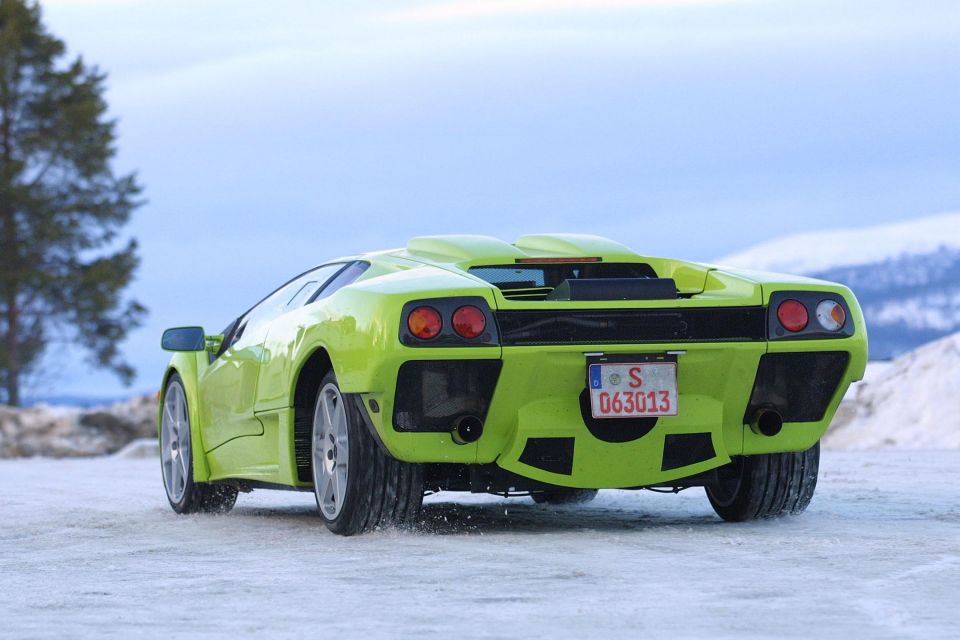
AM: In earlier years it was more difficult, a more hostile environment so to say. We had situations where cars crashed into our car on purpose, where test drivers tried to force us off the road at high speed, and of course several cases when test drivers tried to take our cameras.
In the early days it was pretty much like the wild west [laughs]. Luckily today there is much more understanding between the automotive industry and me.
In some cases I get the feeling that they want the photos to be made and in some cases they are not really happy. But the understanding is better, and both sides are just trying to do their job as good as possible.
For me it’s important not to disturb the test drivers in their job. I do my photos in a safe way and that’s it. We all have families to get home to so there is no idea to play hard. Sadly I hear a lot of stories from test drivers about other photographers behaving badly in their effort to get photos.
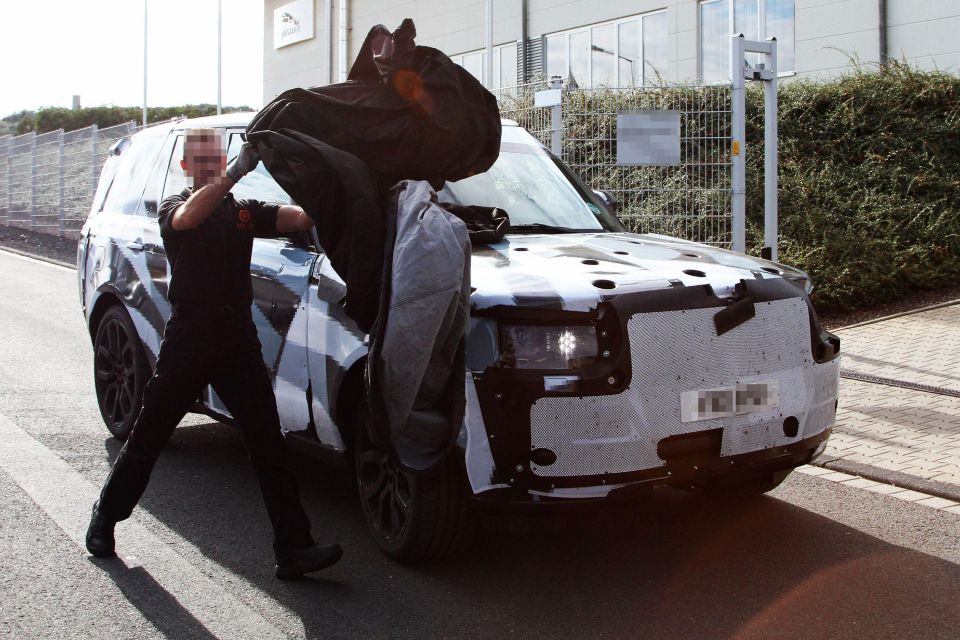
AM: In most cases I have no problems identifying a prototype but once or twice a year there are some confusions. I just love the Volkswagen Group’s way to disguise their prototypes into other brands models.
Back in the days it was more fun because every brand used their own kind of camouflage. Today most of them are using the black/white psychedelic foil making them all look the same.
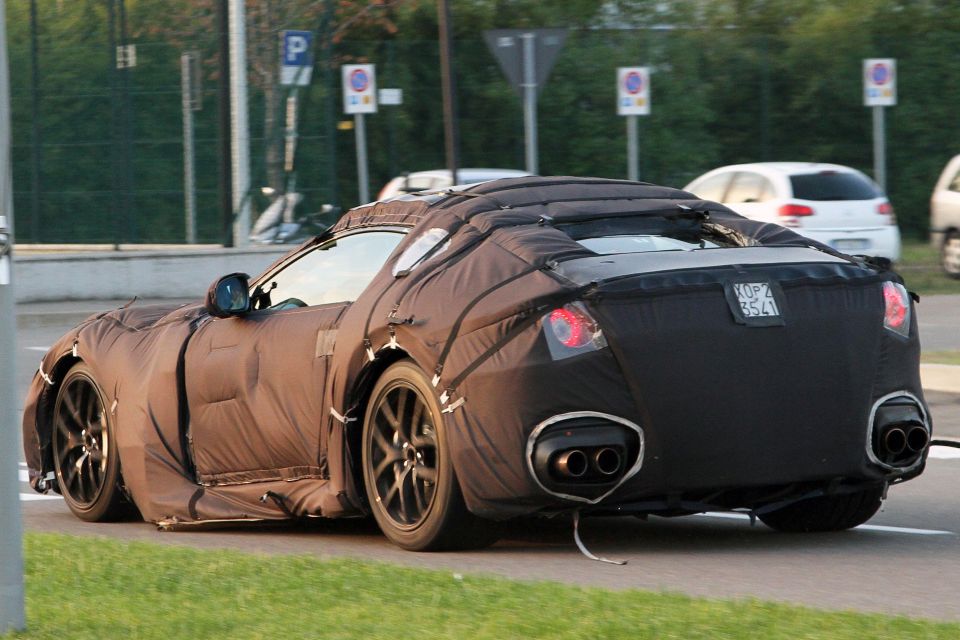
AM: I think that inviting journalists to test drive many cars in prototype shape has started as the PR people noticed that they could use that for their teaser campaigns.
And that probably started when some guy realised that our spy photos actually bring something positive to the whole car business. Maybe not always, but in many cases I get the impression that our photos are wanted even by the industry.
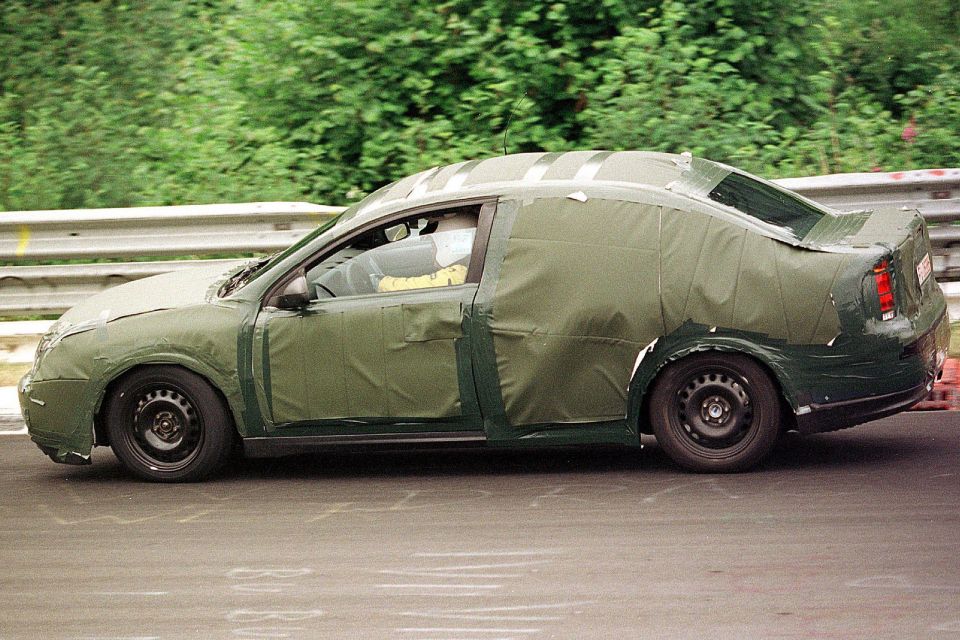
AM: Actually no [laughs]. The reason for that is that the renderings are most of the time based on our spy photos but we never get any kind of credit for them.
So people watching the renderings think; ‘great rendering, how can it be so accurate?’ For me the photos are more of the real deal, but then again I’m on the photographers side.
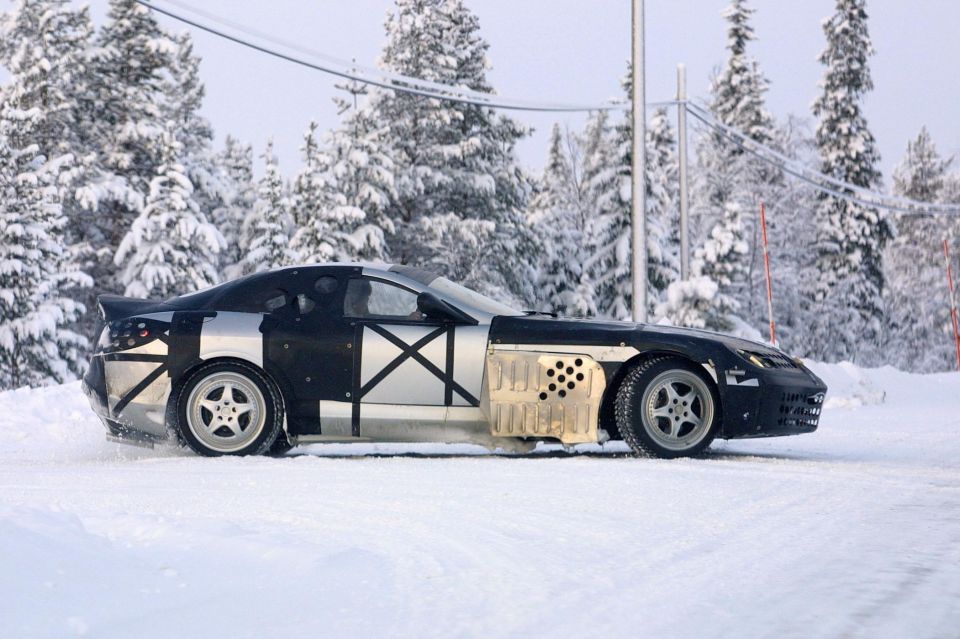
AM: The cold is mostly no problem since I grew up in Northern Sweden. When it’s cold you can just put on more clothes. When it’s hot you have a different problem, you can’t go more than naked.
The main problem during the winter test season is that you need to keep your hands warm when sitting outside in -30 degrees for several hours waiting for the right prototype to enter the ice track.
The gear is pretty cold at that time and even holding your camera for just a few moments makes your fingers get really frozen.
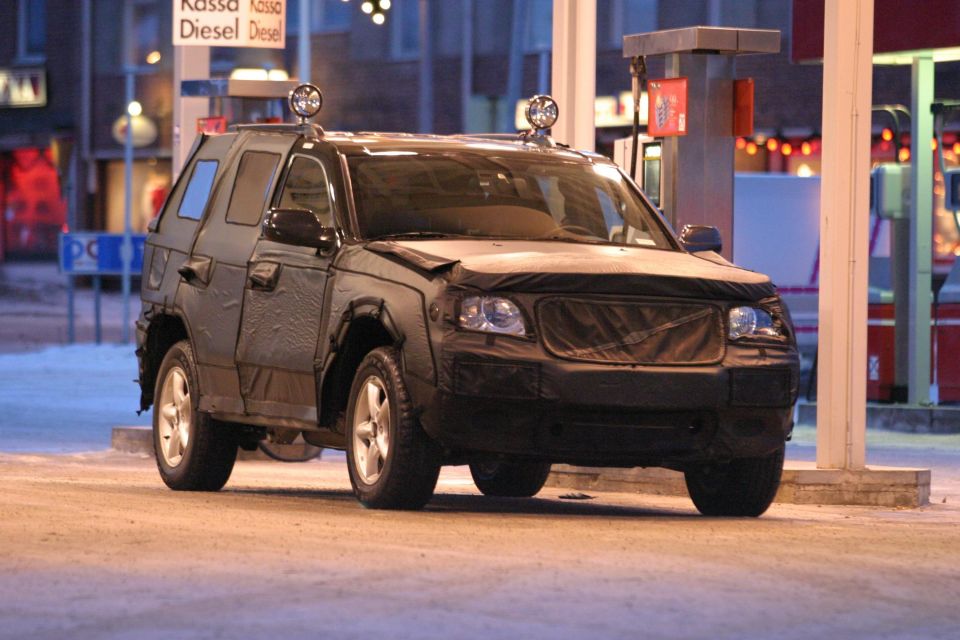
AM: It’s changed a lot! Before the internet we sent out some four or five sets of photos every month because all the clients were print magazines, some weekly and some monthly. Also no real competition so it was not as stressful as today.
Today all magazines have websites and they love to get as much material as they can, meaning that we send out four or five sets of photos each week now. We also shoot more photos now of every car since the websites want that.
The print magazines usually used two or maybe three photos so there was no use of shooting more photos. Regarding all the enthusiasts shooting photos you can look at it from two sides.
Of course it’s some kind of competition, they post their photos on Instagram or Facebook and many magazines use them without paying for them, meaning we might not sell our photos as much as we liked to.
On the other side we sometimes get offers of photos from fans that are helping us. Even if we’d like, we can’t just be everywhere.
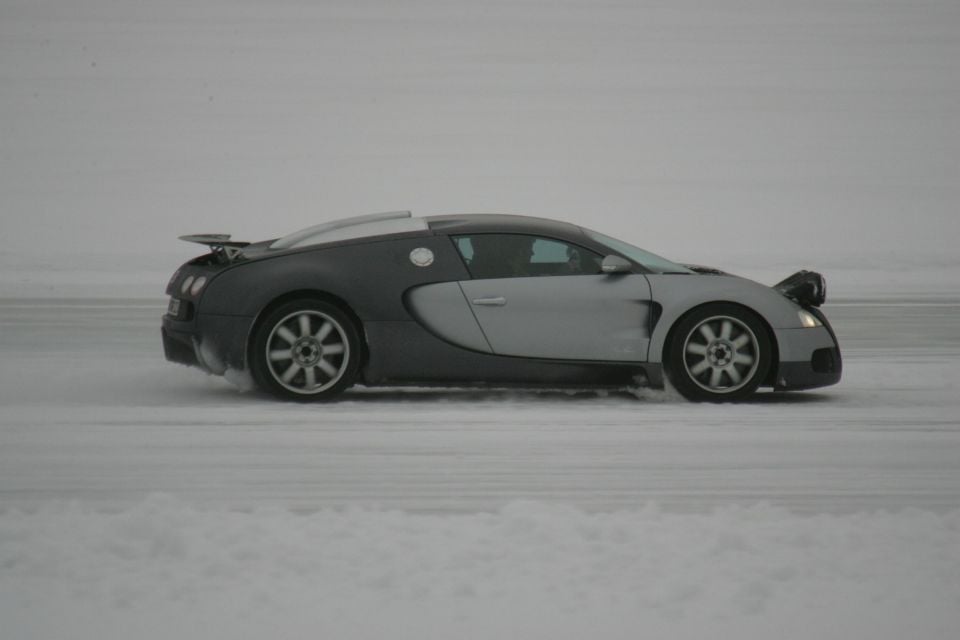
A: I use a Canon EOS 1D X Mk II body and of course I need several lenses with me as well. The 24-105/4 L and the 70-200/2.8L are the ones I use most but I also have a 100-400 and a 400/2.8 with me, together with some converters.
You never know what you will find and at what distance so you need to be prepared. Of course I always have the laptop with me so that I can send out the photos within minutes if I need to.
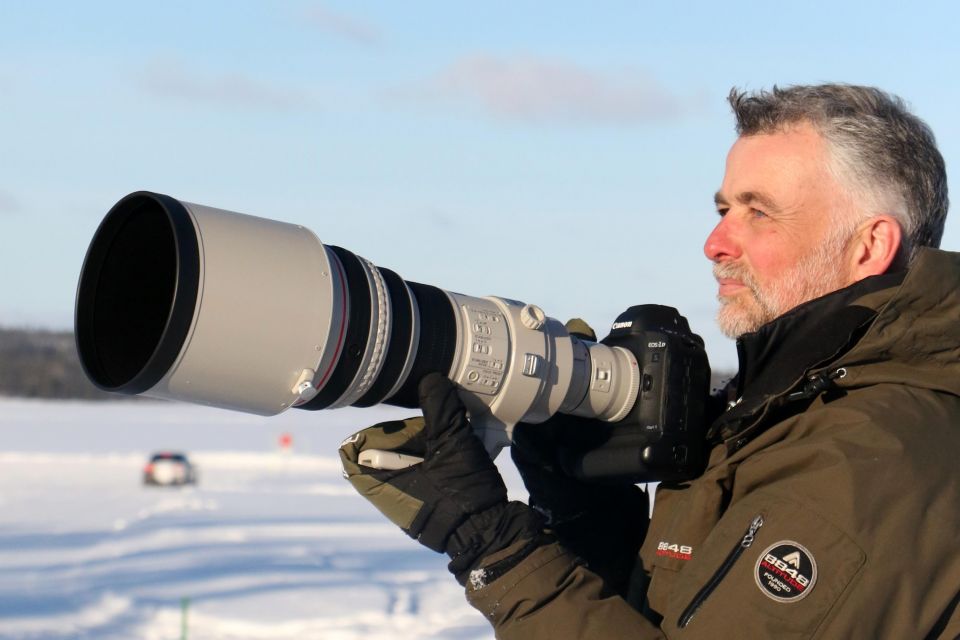
AM: Don’t get there…
For more of Andreas’ work, you can follow the official CarPix page on Facebook orInstagram. For CarExpert’s coverage of the latest prototypes, search for Spy Photos using the magnifying glass in the top right-hand corner of the page.


Ben Zachariah
4 Days Ago


Ben Zachariah
3 Days Ago
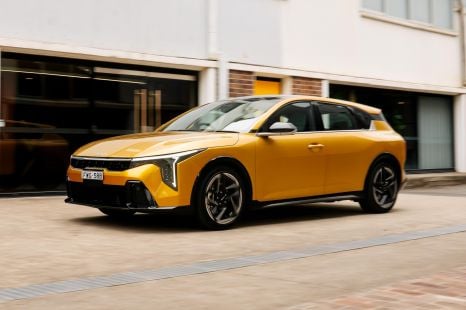

James Wong
2 Days Ago
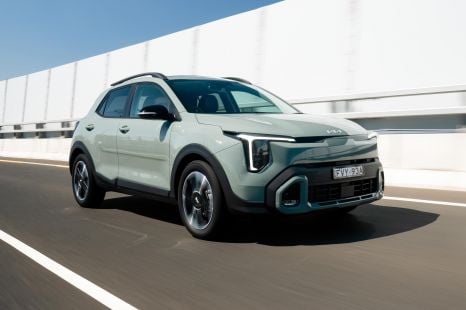

James Wong
2 Days Ago
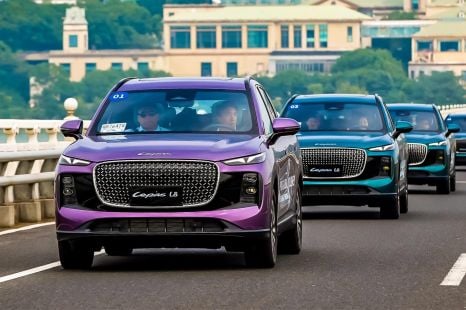

Andrew Maclean
2 Days Ago
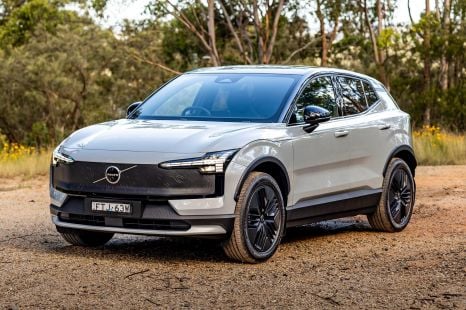

Matt Campbell
13 Hours Ago